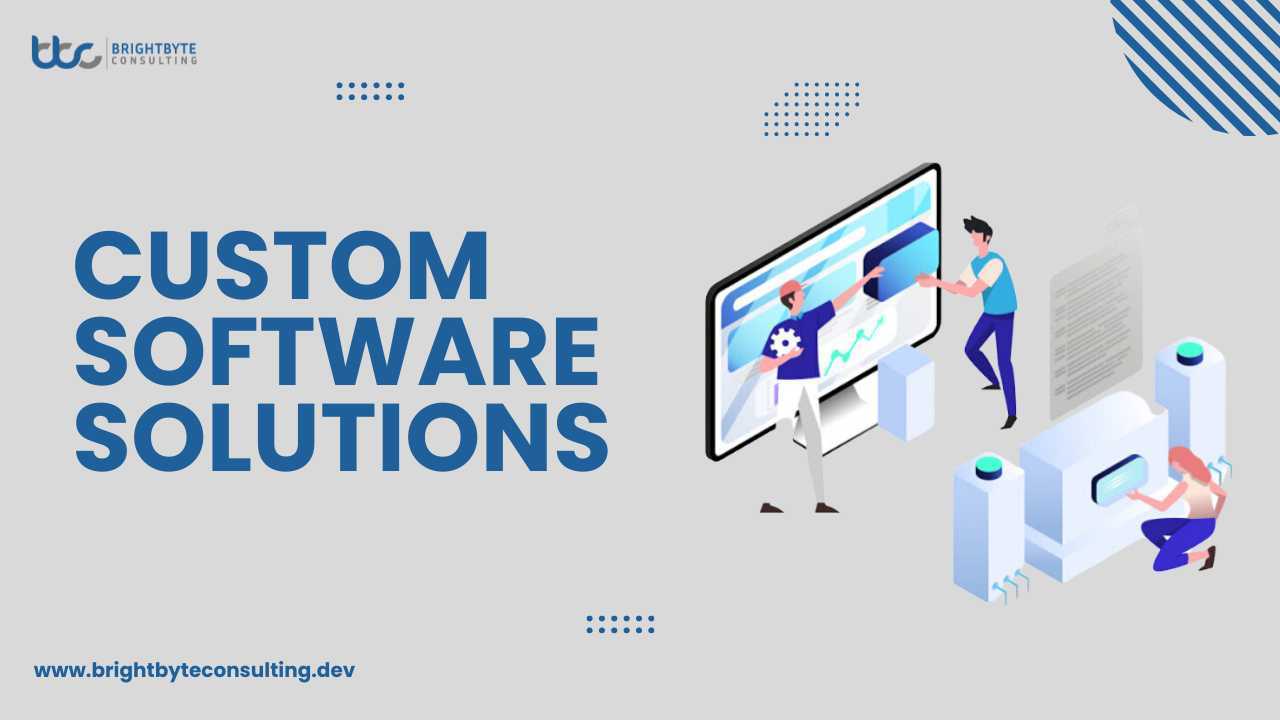In today’s fast-paced digital landscape, where user experience reigns supreme, ensuring the usability of software solutions is paramount. Usability testing emerges as a crucial step in the development process, allowing organizations to fine-tune their products to meet the evolving needs and expectations of users. This article delves into the significance of usability testing and its impact on driving success in software solutions.
Significance of Useability Testing
Usability testing is a methodical process that evaluates a software product’s user interface and functionality by observing real users as they interact with it. It aims to identify usability issues, gather feedback, and make informed refinements to enhance the overall user experience. By simulating real-world scenarios and observing user behavior, organizations can gain valuable insights into how their software performs in actual usage situations.
The Importance of Usability Testing: A Detailed Exploration
In the realm of software development, where user experience is a decisive factor in product success, usability testing emerges as a crucial process. This comprehensive examination aims to uncover and address potential usability issues, ensuring that software solutions meet the needs and expectations of users. Let’s delve into the multifaceted importance of usability testing in detail:
1. Enhancing User Experience (UX):
Usability testing is integral to crafting software solutions that offer a seamless and intuitive user experience. By simulating real-world scenarios and observing user interactions, developers can identify areas of friction or confusion in the user interface. Addressing these issues leads to a smoother user experience, ultimately fostering greater satisfaction and engagement.
2. Identifying Usability Issues Early:
One of the key benefits of usability testing is its ability to uncover usability issues early in the development process. By conducting tests with representative users, developers can identify potential stumbling blocks or pain points before the software is released to a wider audience. This early detection allows for timely adjustments and refinements, ultimately saving time and resources in the long run.
3. Improving Productivity and Efficiency:
Usability testing helps streamline workflows and eliminate unnecessary complexities in software interfaces. By optimizing the user experience, organizations can boost user productivity and efficiency. Tasks become easier to perform, leading to faster completion times and improved overall efficiency in various user scenarios.
4. Driving Customer Satisfaction and Loyalty:
A positive user experience is closely linked to customer satisfaction and loyalty. Software solutions that are easy to use and navigate are more likely to leave a lasting impression on users, fostering a sense of trust and loyalty towards the brand. By prioritizing usability testing, organizations can build stronger relationships with their customer base and differentiate themselves in the market.
5. Mitigating Risks and Avoiding Costly Mistakes:
Usability testing helps mitigate risks associated with software development by uncovering potential usability issues early on. By addressing these issues proactively, organizations can minimize the likelihood of costly mistakes or failures post-release. This proactive approach not only saves time and resources but also helps protect the organization’s reputation and credibility.
6. Informing Data-Driven Decision Making:
Usability testing provides valuable insights into user behavior, preferences, and pain points. By collecting and analyzing user feedback, organizations can make informed, data-driven decisions about product design and development. This iterative approach ensures that software solutions are continually refined and improved based on real user needs and preferences.
Best Practices in Usability Testing: A Detailed Guide
Usability testing is a critical phase in software development, ensuring that products meet the needs and expectations of users. To maximize the effectiveness of usability testing, it’s essential to follow best practices that facilitate thorough evaluation and actionable insights. Here’s a detailed guide to implementing best practices in usability testing:
1. Define Clear Objectives:
Before conducting usability tests, it’s crucial to establish clear objectives. Define what aspects of the software you want to evaluate and what specific questions you aim to answer through testing. Clear objectives provide focus and direction, guiding the testing process towards meaningful insights.
2. Select Representative Users:
Identify and recruit participants who represent the target audience for the software. Consider factors such as demographics, experience level, and usage context to ensure that testers reflect the diversity of potential users. Representative users provide valuable feedback that accurately reflects the needs and preferences of the broader user base.
3. Create Realistic Scenarios and Tasks:
Develop realistic scenarios and tasks that reflect typical usage scenarios for the software. Design tasks that align with the objectives of the usability test and simulate real-world interactions. Ensure that tasks are clear, concise, and relevant to the users’ goals, allowing testers to provide feedback based on authentic usage experiences.
4. Establish a Controlled Testing Environment:
Create a controlled testing environment that minimizes distractions and ensures consistency across testing sessions. Choose a quiet, comfortable space with minimal external influences. Standardize testing procedures, equipment, and materials to maintain consistency and reliability in the results.
5. Encourage Natural Behavior:
Encourage testers to approach tasks naturally and express their thoughts aloud during testing. Emphasize that there are no right or wrong answers and reassure testers that their feedback is valuable. This approach promotes open communication and enables testers to articulate their thoughts, preferences, and pain points as they navigate the software.
6. Use a Mix of Testing Methods:
Employ a variety of testing methods to gather comprehensive insights into usability. This may include think-aloud protocols, task-based testing, surveys, interviews, and observation techniques. Each method offers unique benefits and perspectives, contributing to a holistic understanding of the software’s usability.
7. Capture Qualitative and Quantitative Data:
Collect both qualitative and quantitative data during user testing. to gain a comprehensive view of the user experience. Qualitative data, such as user feedback and observations, provides rich insights into user behavior and preferences. Quantitative data, such as task completion rates and time on task, offers objective metrics for evaluating usability performance.
8. Iterate and Iterate:
Iterate on the design and functionality of the software based on insights gleaned from usability testing. Implement actionable recommendations and refinements to address identified usability issues. Continue to iterate and test iteratively throughout the development process to ensure continuous improvement and optimization of the user experience.
Conclusion
Usability testing is not just a checkbox in the software development process; it’s a cornerstone of success. By prioritizing user satisfaction through rigorous testing and refinement, organizations can create software solutions that stand out in today’s competitive landscape. From enhancing user experience to driving customer loyalty and informing data-driven decision-making, the benefits of usability testing are undeniable. By following best practices and iterating on feedback, organizations can ensure that their software solutions meet the evolving needs and expectations of users, ultimately driving success and growth.
Frequently Asked Questions:
What is usability testing?
Usability testing evaluates a software product’s user interface and functionality by observing real users.
Why is usability testing important?
It helps uncover usability issues early, enhances user experience, and drives customer satisfaction.
How do you select representative users for usability testing?
Identify participants who represent the target audience based on demographics and experience level.
What types of data are collected during usability testing?
Qualitative data includes user feedback and observations, while quantitative data includes metrics like task completion rates.
How do you iterate on software based on usability testing results?
Implement actionable recommendations and refinements to address identified usability issues, continuing to iterate throughout the development process.











